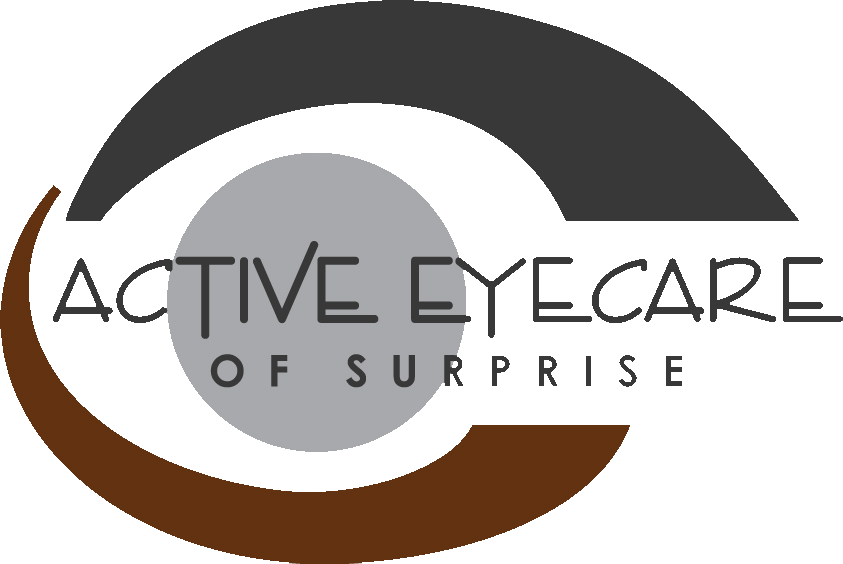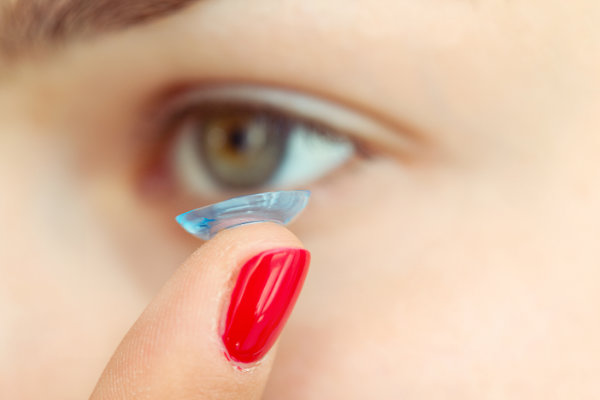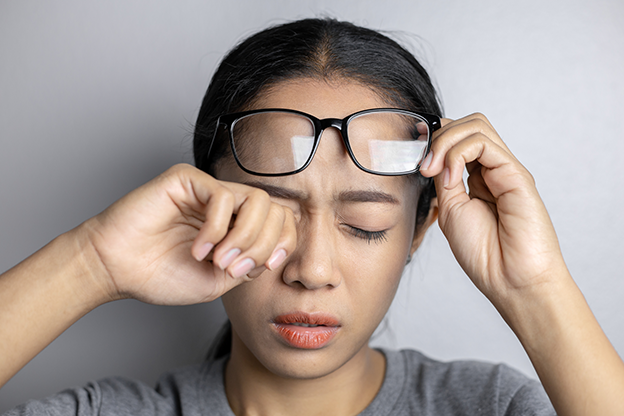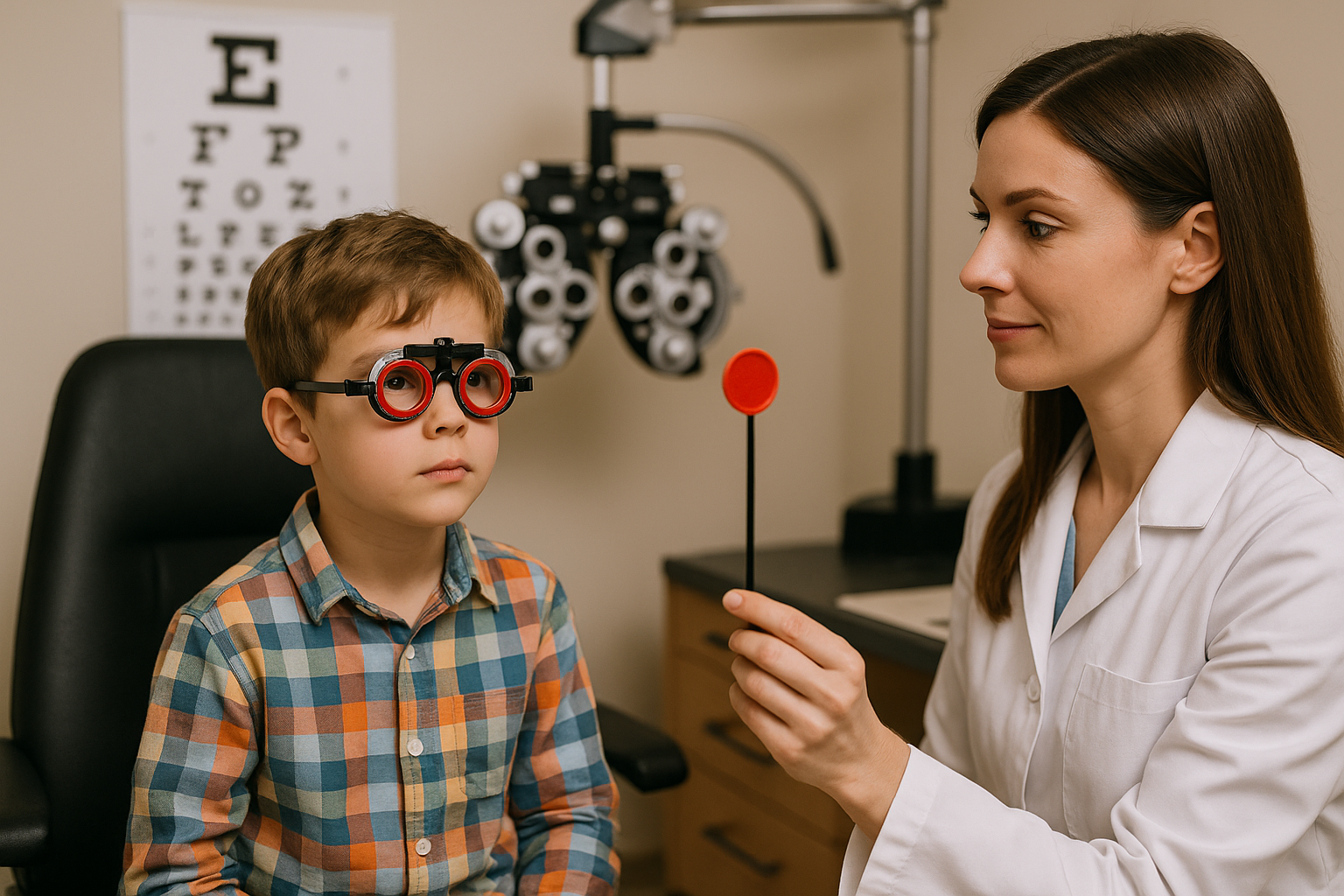By using our website, you agree to the use of cookies as described in our Cookie Policy
When Should Your Child Have Their First Eye Exam in Surprise
Vision problems don’t wait for school to start. A child’s first eye exam should happen at 6 months. That’s when real issues can show up, and it’s the best time to catch them. Kids won’t tell you if they can’t see well. They just adjust. Don’t leave it to chance or wait for a teacher to notice. Early checks make a difference.
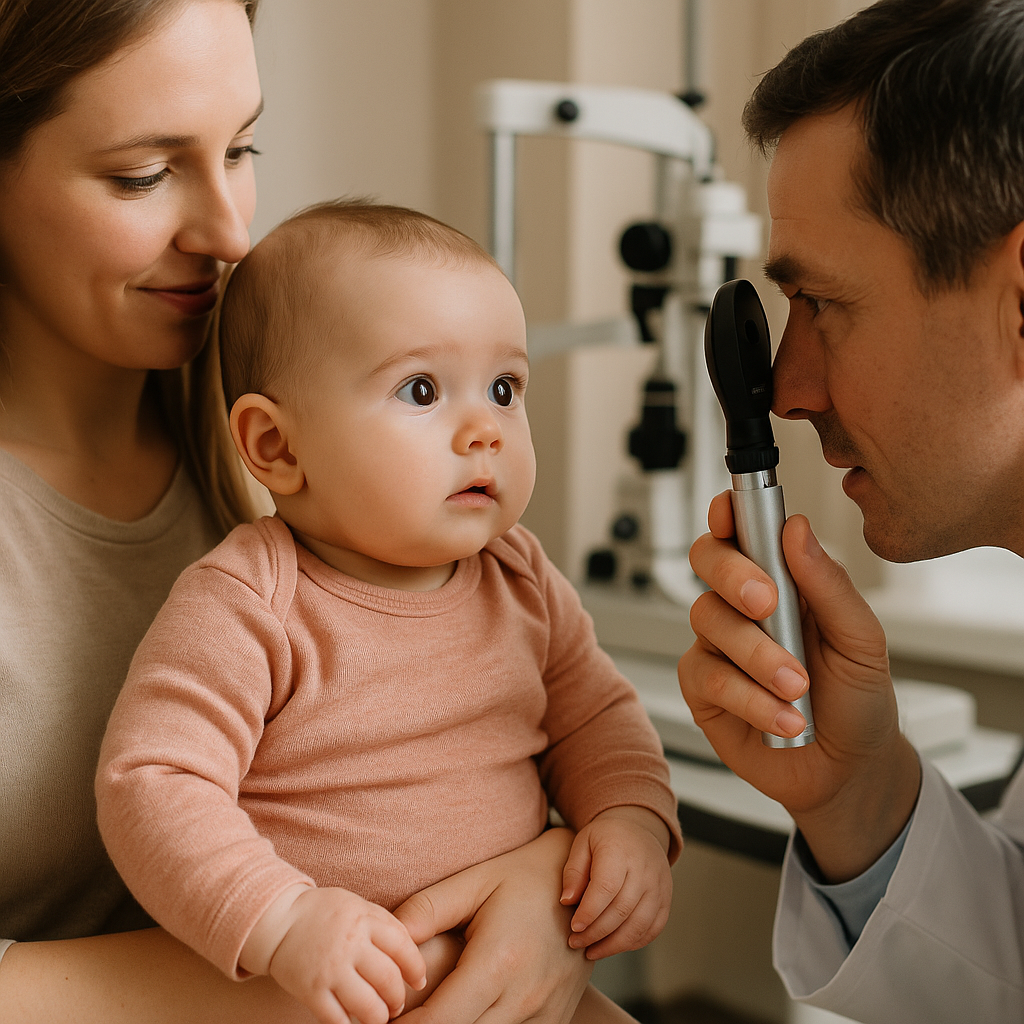
- 6 months: First comprehensive eye examination
- 3 years: Second vision check to catch new or changing issues
- 5 years: Pre-kindergarten exam to confirm readiness for school
- Every 1-2 years after starting school, even if nothing seems wrong
- More frequent visits if there’s a family history of eye problems
Stick to this schedule. It’s not about being cautious. It’s about giving your child every advantage. Kids who see clearly build confidence. They join in, learn faster, and avoid frustration. Missed vision issues can show up as clumsiness, trouble with reading, or even behavior problems. Early checks keep surprises to a minimum.
Spotting Vision Trouble Early
Kids rarely complain about blurry vision. They don’t know what they’re missing. Instead, the signs show up in daily life. Watch for these:
- Frequent eye rubbing, even when not tired
- Sitting close to screens or holding books inches from their face
- Tilted head or covering one eye to see better
- Tripping, bumping into things, or poor hand-eye coordination
- Short attention span during reading or homework
- Avoiding puzzles, coloring, or detailed activities
These aren’t just quirks. They’re red flags. When you see them, it’s time for a medical eye care visit. Don’t wait for a teacher to mention something. Parents spot these changes first.
Sometimes, the signs are subtle. A child who used to love story time now avoids it. Homework takes longer. Frustration builds. These shifts often point to vision challenges. A vision therapy assessment can reveal what’s really going on. Kids don’t fake these struggles. They adapt, but the cost is real.
Vision Shapes School Success
Grades drop. Reading slows down. Homework becomes a battle. These problems often trace back to vision. Clear sight isn’t just about seeing the board. In Surprise, parents see the difference after their child’s vision gets corrected. Confidence returns. Participation goes up. Learning feels easier.
Digital screens add another layer. Tablets and computers are everywhere in classrooms. Eyestrain creeps in fast. Blurry vision, headaches, and tired eyes follow. Managing digital eyestrain isn’t optional anymore. Regular eye exams catch these issues before they derail a child’s progress. Kids who see well don’t just keep up. They get ahead.
- Reading speed improves
- Comprehension jumps
- Test scores rise
- Classroom behavior stabilizes
Vision correction isn’t just about glasses. Sometimes, it’s about training the eyes to work together. The right plan helps a child reach their full potential.
What to Expect at the First Exam
Kids walk into the exam room with curiosity, not fear. The right team knows how to make the process smooth. No white coats or intimidating tools. Just friendly faces and equipment designed for small children. The first visit covers everything:
- Visual acuity: how clearly each eye sees
- Eye alignment: making sure both eyes work as a team
- Depth perception: judging distance and space
- Overall eye health: checking for early signs of disease or abnormal development
Older kids sometimes ask about contacts. Contact lens fittings are available when a child is ready. The process is gentle and customized to each child’s needs. No rush. No pressure. Just clear answers and practical solutions from our experienced team.
Parents stay involved. Questions are welcome. The goal is simple: leave with a clear understanding of your child’s vision and a plan for what comes next. No jargon. No confusion. Just real answers.
Vision Care That Grows With Your Child
Vision needs change as kids grow. What works at age 3 might not work at age 8. Regular exams track these changes. Glasses prescriptions shift. New challenges pop up as schoolwork gets harder. Sports, art, and music all demand different visual skills. The right care keeps pace with every stage.
- Early detection of lazy eye or crossed eyes
- Managing nearsightedness as it develops
- Addressing reading or learning difficulties linked to vision
- Adapting to new technology and screen use
Parents who stay proactive avoid last-minute scrambles. Kids who see well don’t just avoid problems. They build skills for life. Vision care isn’t a one-time event. It’s a routine that pays off year after year. At Active Eyecare of Surprise, we’re dedicated to supporting your child’s vision at every stage, so you never have to wonder if you’re missing something important.
Schedule Your Child's Eye Exam Today
Active Eyecare of Surprise makes children's vision care simple and effective. Call us at 623-214-0353 or contact us to secure your child's healthy vision future.
‹ Back
